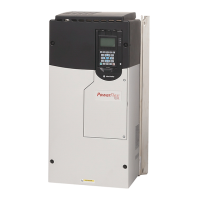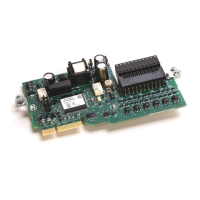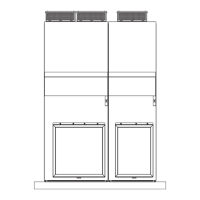Rockwell Automation Publication 750-PM001N-EN-P - February 2017 471
Application Notes Appendix C
Predictive Maintenance with
Logix
The PowerFlex 753 and 755 drives contain algorithms for Predictive
Maintenance that are used to improve the “up-time” of machines, processes, and
facilities. These algorithms monitor the lifespan of certain components. They can
be used to alert personnel when the components are nearing the end of their
lifespan so the components can be replaced before they fail.
There are algorithms for drive fans, relay contacts on digital outputs, motor
bearings, motor lubrication, machine bearings, and machine lubrication. See the
Predictive Maintenance group in the Protection folder starting on page 102
for
more information.
Predictive Maintenance for Wall Mount Drives (Frames 1…7)
Predictive maintenance for wall mount drives is straightforward. Each predictive
maintenance item has five key parameters: Total Life, Elapsed Life, Remaining
Life, Event Level, and Event Action.
•[Total Life] is the total expected life of the component
• [Elapsed Life] is the amount of life that has been expended
• [Remaining Life] is the Total Life minus Elapsed Life
•[Event Level] is the amount of Elapsed Time (in percent of Total Life)
when you want the drive to warn the user of an impending failure
•[Event Action] is the action set to take place when the drive reaches the
Event Level. It can be set to the following options: Ignore, Alarm, Fault
Minor, Fault Coast Stop, Fault Ramp Stop, or Fault Current Limit Stop.
The alarm and fault actions stop the drive or prevent it from starting. If using a
controller and a network interface such as EtherNet/IP, the logic and notification
can be handled at the controller level. Configure the [Event Action] parameter to
“Ignore” and use the controller to monitor the [Remaining Life] parameter.
When the [Remaining Life] parameter reaches the [Event Level] parameter
value, the controller sends a message that alerts the user on the HMI (example,
PanelView™ or FactoryTalk® View).
On wall mount drives, write explicit messages that read the [Remaining Life]
parameter. Write the logic that compares the [Remaining Life] parameter to the
[Event Level] parameter. The logic triggers a message when the [Event Level]
parameter is reached.

